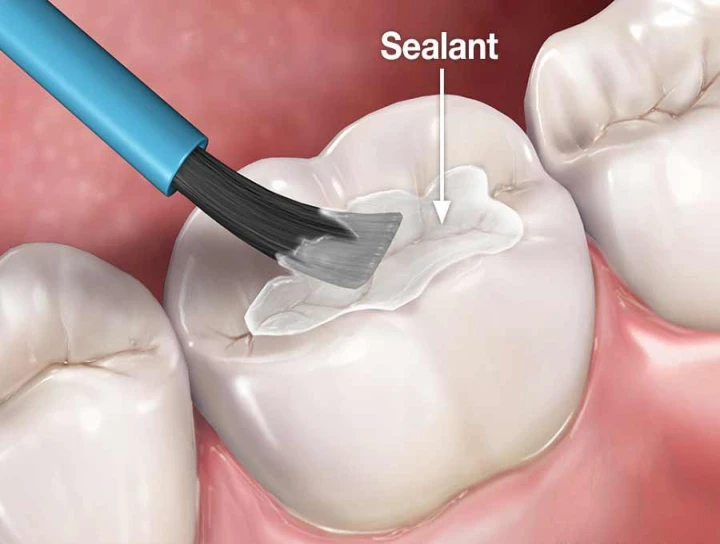
Pit-and-fissure sealants are a highly effective preventive measure in pediatric dentistry, particularly for primary molars. These sealants create a protective barrier that prevents food particles and bacteria from accumulating in the deep grooves of molars, reducing the risk of dental caries. While initial application costs exist, long-term studies show that sealants result in significant cost savings by reducing the need for restorative dental treatments, such as fillings, crowns, and extractions.
Cost-Effectiveness of Sealants
1. Reduction in Treatment Costs
Dental caries is one of the most prevalent chronic diseases in children, often requiring costly interventions if left untreated. By preventing cavities, sealants significantly decrease the need for restorative treatments, which are generally more expensive than the application of sealants. Studies have shown that the cost of sealing a tooth is considerably lower than the cost of treating a cavity, which may require multiple dental visits and additional procedures such as pulpotomies or stainless steel crowns.
2. Prevention of Future Dental Complications
Untreated dental decay in primary molars can lead to more severe complications, including pain, infection, and premature tooth loss. These complications often necessitate emergency dental visits, space maintainers, or even orthodontic interventions due to improper eruption of permanent teeth. Sealants help mitigate these risks by maintaining the integrity of primary molars until they naturally exfoliate.
3. Reduced Need for Anesthesia and Advanced Procedures
Children who develop cavities in their primary molars often require dental restorations that involve local anesthesia or sedation, which further increases treatment costs. By preventing decay, sealants minimize the need for invasive treatments, thus reducing both financial and psychological burdens on families.
Economic and Public Health Benefits
1. Savings in Public Health Programs
Many government-funded dental programs and insurance providers recognize the cost-saving benefits of sealants and include them as a covered preventive service. School-based sealant programs have demonstrated a significant return on investment, as preventing cavities in children from low-income families reduces the financial strain on public health systems.
2. Improved Oral Health Outcomes and Quality of Life
By reducing the incidence of dental decay, sealants contribute to improved oral health, allowing children to eat, speak, and learn without discomfort. This translates to fewer school absences, reduced parental work absences, and overall improved well-being.
Conclusion
The application of pit-and-fissure sealants on primary molars is a cost-saving strategy that prevents dental decay and reduces the need for expensive restorative treatments. With proven effectiveness in lowering long-term dental care costs, sealants should be widely adopted as a standard preventive measure in pediatric dentistry. Investment in sealant programs, particularly for children at high risk of cavities, not only reduces financial burdens but also enhances overall oral health outcomes.


No Any Replies to “Pit-and-fissure sealants on primary molars are a cost savings”
Leave a Reply